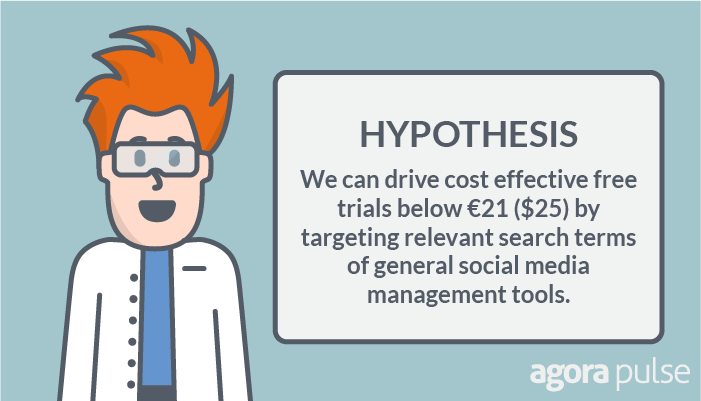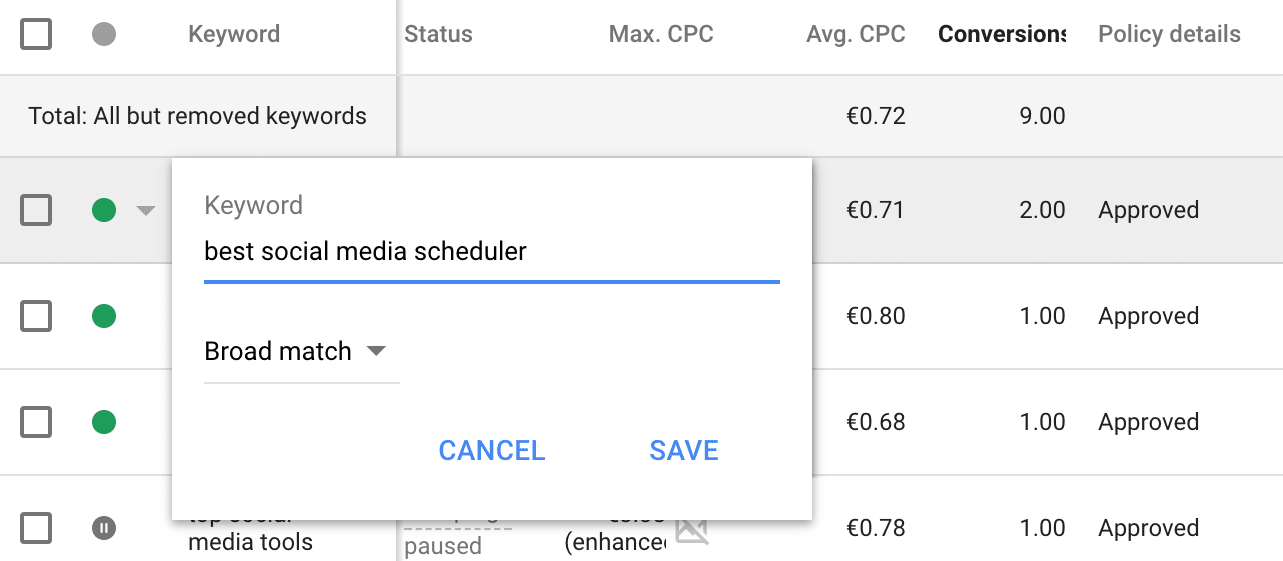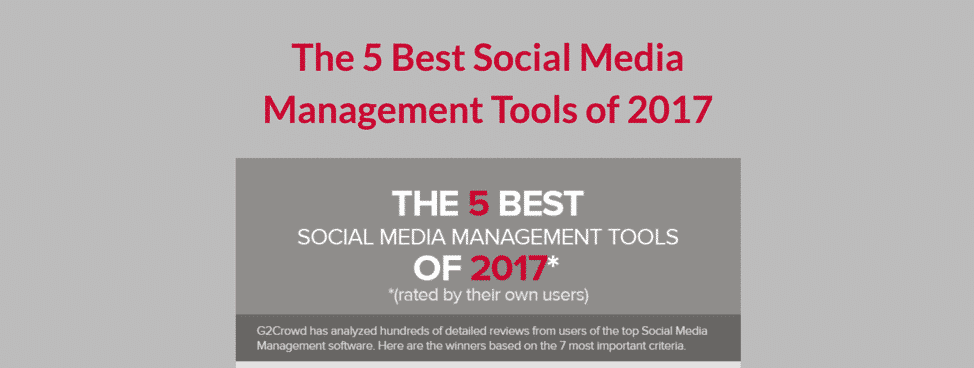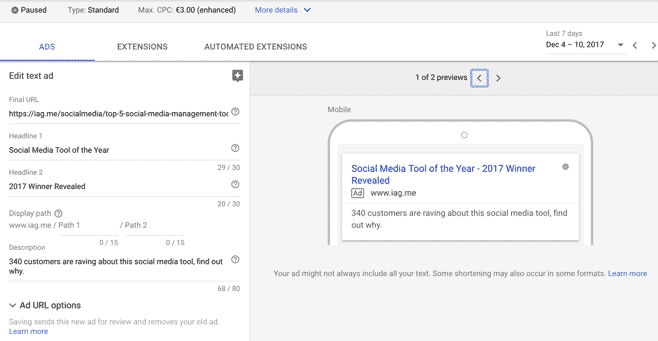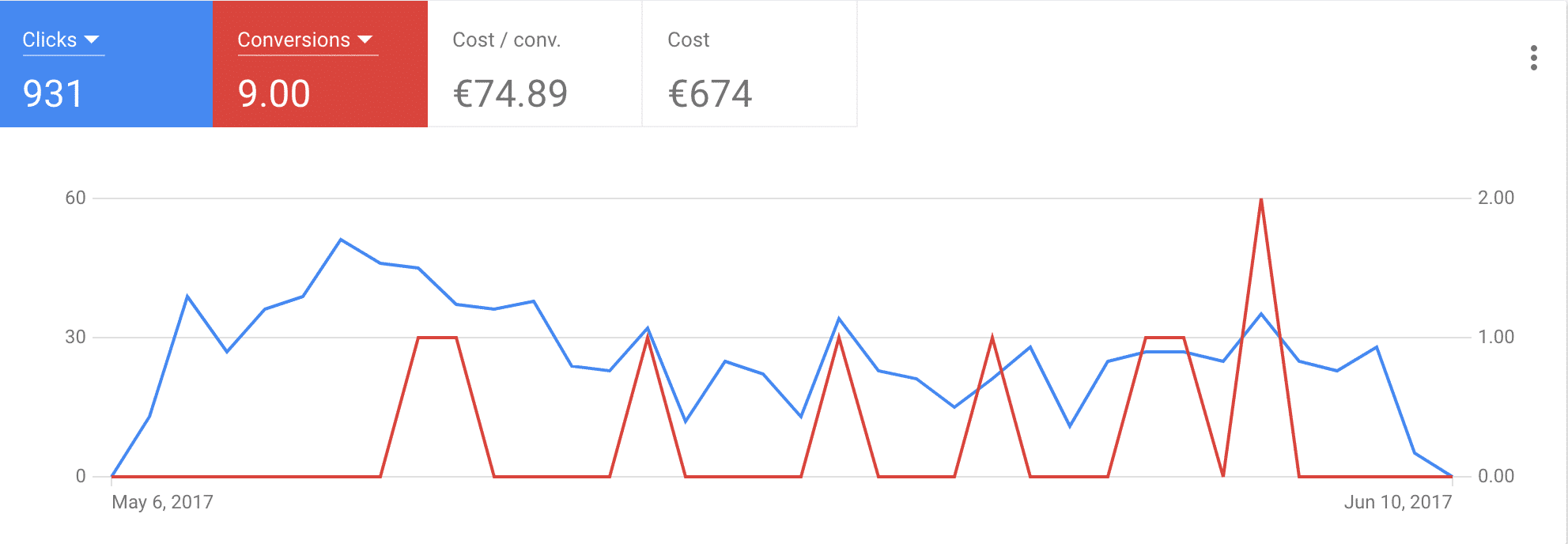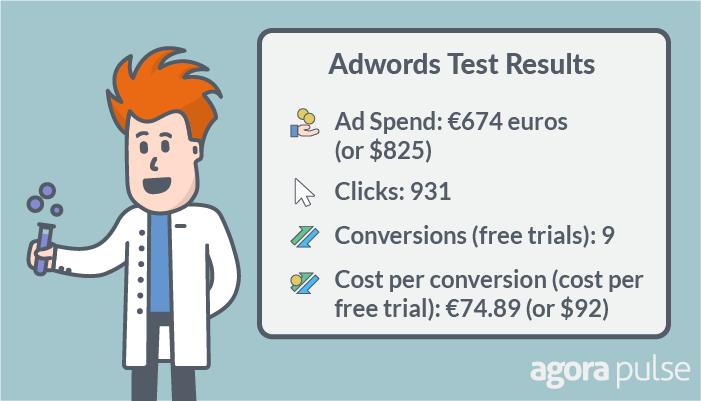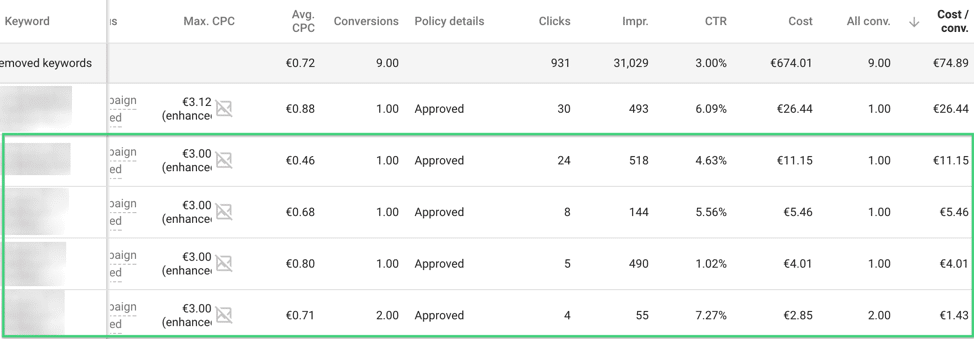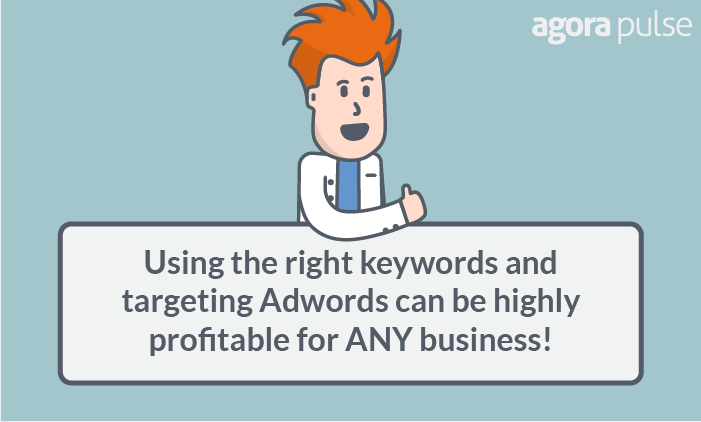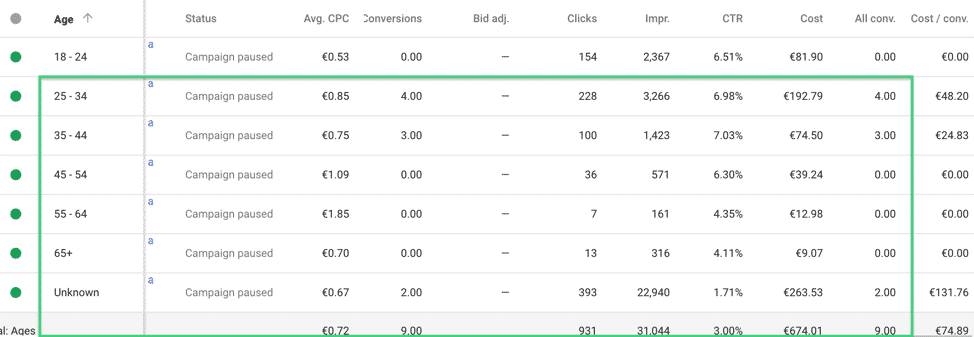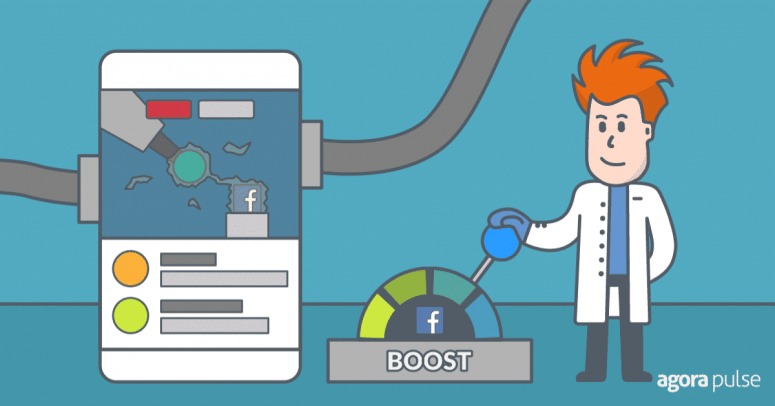Subscribe to the Social Media Lab Podcast via iTunes | Stitcher | Spotify | Google Play | RSS
AdWords: Is it Cost Effective to Target General Search Terms?
We often hear marketers complain about AdWords being “expensive”, “competitive”, and “over-saturated”.
Given that Google generated almost $80 billion in revenue (nearly half of all digital ad spend) on digital advertising in 2017, it’s hardly surprising! Lots of businesses are advertising on AdWords and it remains the most popular advertising tool in the world.
Yet, it is kind of an oxymoron.
On one hand, marketers are complaining. But they continue to spend nearly 50 cents on the dollar on AdWords.
Are we missing something?
Being lab scientists, our intuition tells us that we can’t just take others’ word for it. If we stayed away from the platform just because others claim that it is expensive, we may be missing out on a valuable source of leads.
Thoughts on Testing Adwords
Since this was our first foray in AdWords, we decided to keep things simple and start by targeting general keywords in our industry.
(In case you don’t know, using keywords is the default way to target folks in search.)
Our goal was to see if we could reach and convert prospects looking for a solution into free trial users. Based on our cost per acquisition targets at the point of the experiment, these free trial users would need to cost below €21 (or $25).
Our Hypothesis: We can drive cost effective free trials below €21 ($25) by targeting relevant search terms of general social media management tools.
Note: in this experiment, we denoted the currency in € to keep consistent with our AdWords currency settings.
Since we didn’t know what would work at this stage, we planned to throw a lot of keywords into the mix to see what sticks.
To come up with the list of keywords, we asked ourselves questions like:
- Are longer search terms better?
- Which generic keywords give us a large number of prospects, yet qualify those who are looking for a solution?
- Should we include competitive search terms?
Once we came up with a list of keywords we started laying out our plan of attack.
Plan of Attack
Our plan of attack comprises 5 things:
- The keywords
- The audience
- The landing page
- The ad
- The success metrics
1. The Keywords
Using an AdWords feature called Opportunities, we found 59 social media management tool related keywords to include in our keyword list.
To give you an idea of some of the keywords, they are:
- best social media scheduler
- new social media tools
- software for social media
- best social media marketing software
For these keywords, we used “broad match” because it targets a wider variety of search terms than “exact and phrase match”. We didn’t want to limit ourselves to just the 59 keywords we selected as we may miss out on profitable keywords.
Next, let’s take a look at the audience we choose to target in this experiment.
2. The Audience
Since we wanted to reach the people who haven’t tried Agorapulse, we excluded all free trial users and paying subscribers.
This was done to avoid contaminating the results since we only want to track new free trials and subscribers from the ad.
3. The Landing Page
In this experiment, we drove the people to a popular blog post written by Ian Anderson Gray, which featured our tool as one of the top 5 popular social media management tools based on G2Crowd’s customer reviews.
In the landing page, there are subtle call to actions under the review of each social media management tool. Once you click the call to action, you’ll be redirected to a homepage or affiliate page.
In this case, people who are interested in our tool after reading the positive review would click on those links and sign up for a free trial.
4. The Ads
For the ads, we chose Expanded Text Ads (ETAs).
ETAs provide longer, more controllable messaging in your ads. They are similar to the text ads that you often see on Google Search results, but with a few key differences:
- Expanded text ads have two headline fields instead of one.
- The two description lines have been merged into one field.
- The domain of your display URL is now based on your final URL domain.
- The display URL can include two optional “Path” fields.
- Your text ads are now mobile-optimized.
If you want to find out more, check out this article by Google.
Here’s what our ad looked like:
In case you can’t see it, here’s what we used:
Headline 1: Social Media Tool of the Year
Headline 2: 2017 Winner Revealed
Description 1: 340 customers are raving about this social media tool, find out why.
Display URL: www.iag.me
Final URL: https://iag.me/socialmedia/top-5-social-media-management-tools/
5. The Success Metrics
As mentioned in our hypothesis, we wanted to see if we could generate profitable free trials.
These were our success metrics:
- Conversions (number of free trials)
- Cost per conversion (cost per free trial)
The Data
Here are the results:
- Ad Spend: €674 euros (or $825)
- Clicks: 931
- Conversions (free trials): 9
- Cost per conversion (cost per free trial): €74.89 (or $92)
As you can see, our cost per free trial of €74.89 meant that we overshot our target of €21 by €53.89!
That’s a wide margin.
Which means our hypothesis was completely wrong — at least for our test.
But all’s not lost.
When we looked into the campaign, we found 4 keywords that generated free trials below €21.
Although it was only a handful of free trials, it gave us a little more confidence to test this at a larger scale. (Which we are…)
This experiment opened my eyes to the possibilities of AdWords and I hope it did for you too.
Don’t believe the naysayers who shun AdWords completely. Even if you have a small budget, you can make an experiment like this work and build on your results as you build your business.
Additional Insights
1. Test Fewer Keywords
Less is sometimes more.
Admittedly, we had huge ambitions for a relatively small experiment budget. With an ad spend of €674 and 59 keywords, it meant only allowing Google to spend €11/keyword, which wasn’t ideal for a statistical test.
We also expected AdWords to allocate our budget to better performing keywords, but that was not the case.
So our key takeaway is to categorize the keywords, then test them one by one. We would also limit the number of keywords per campaign to just 3 to 5 so that we can spend enough in a relatively short period and get enough data to decide on our next move.
2. Target Better
We should have targeted the older age groups where our customers typically reside, but avoid retirees.
As you can see in this experiment, we allowed Google to target all age groups. But based on our historical data, we found that our free trial users and subscribers were typically older than 35 and younger than 65+.
The results of this experiment were similar. 7 of 9 free trials came from the 25 to 44 age group.
3. Use Negative Keywords
Halfway through the experiment, we noticed that our ads were showing up on irrelevant search terms such as “toolkit for Facebook” instead of “Facebook tool”. This was a result of using “broad match”, which allowed Google to decide which search terms were relevant to us.
We then spoke with a couple of AdWords “gurus” and learned that we should actively exclude irrelevant search terms surfaced by Google so that we can direct our budgets to the most relevant keywords.
For all of our future AdWords experiments, you can bet that we’ll keep these handy tips in mind!
Subscribe to the Social Media Lab Podcast via iTunes | Stitcher | Spotify | Google Play | RSS
